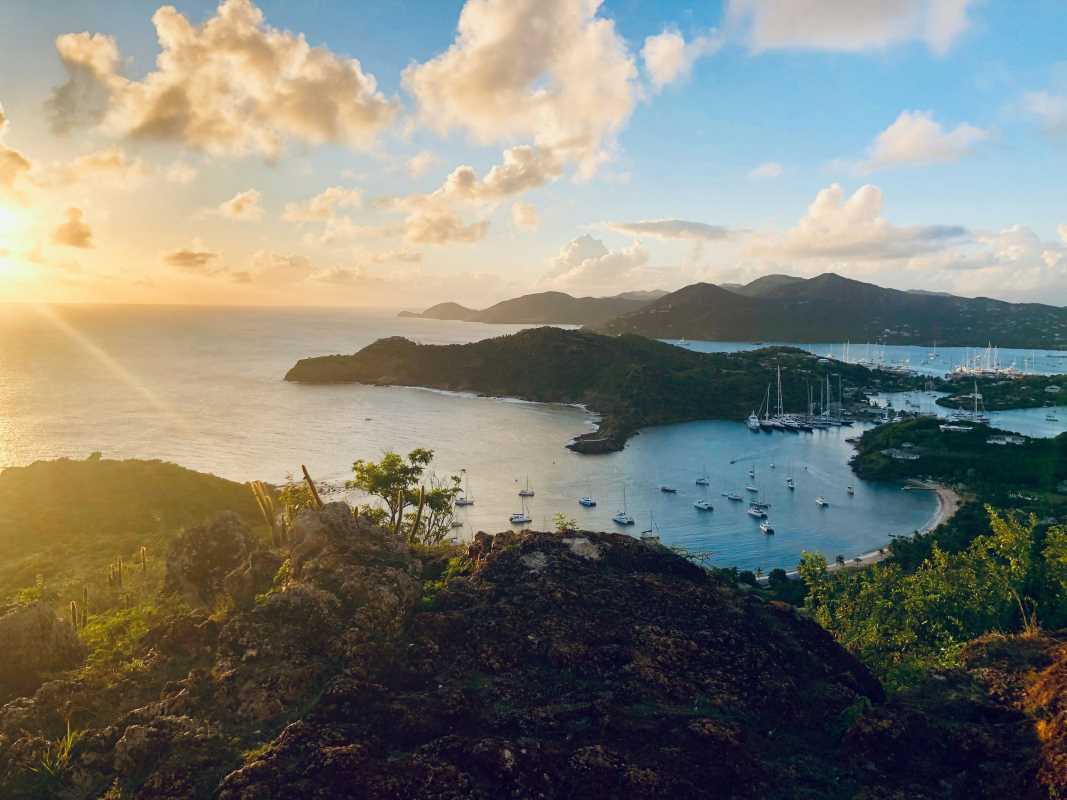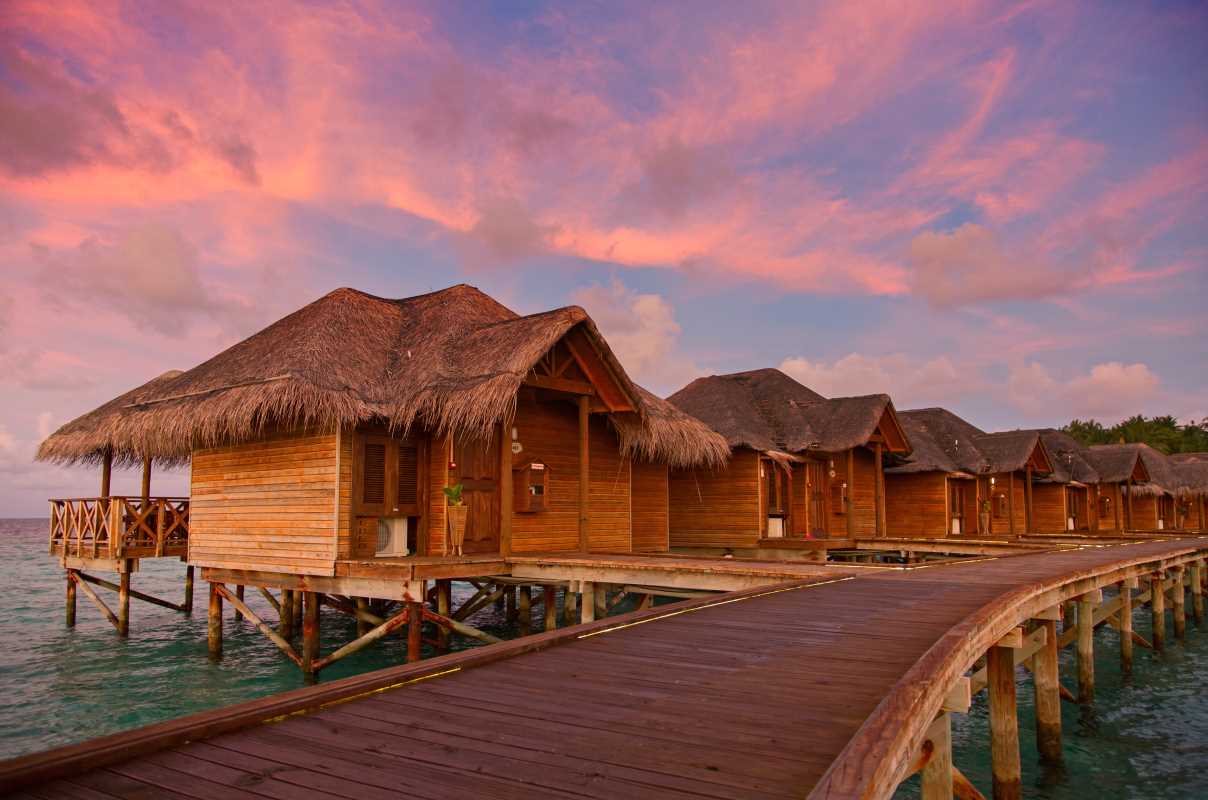Golden sunlight stretches across emerald islets while a small boat glides peacefully through clear, calm waters. Every island in Indonesia’s archipelago reveals its own unique blend of sounds, from the soft rush of waves to the rustle of lush greenery and the vibrant energy of local communities. The gentle touch of salty breezes and the promise of untouched beaches invite a sense of adventure. Hidden villages wait beyond the familiar scenes found on postcards, offering new stories and moments to uncover along the sunlit shores scattered throughout this captivating region.
From remote coral gardens to traditional fishing hamlets, every stop ignites curiosity and wonder. Let the rhythm of shifting tides and swaying palms guide your path. This adventure weaves together scenic vistas, communal traditions, and conservation efforts—proving that leaving worn trails behind can unlock memories you never knew you craved.
Discover the Hidden Rhythms of Island Life
- Traditional Boat Launch: Local mariners navigate wooden hulls with precision and grace. Witness hand-carved vessels set off at dawn to haul fresh catch, then follow their wake toward secluded coves. Observe the intricate sail rigging methods used for sudden gusts, and learn how communities maintain centuries-old boat-building techniques to keep seafaring customs alive.
- Morning Village Rituals: Villagers gather to perform simple morning blessings at communal shrines. Join the rhythmic chanting that calls on ancestral guardians and stimulates a shared sense of belonging. Note how each ritual aligns with fishing schedules and seasonal shifts, reflecting a living calendar. Embrace this moment to connect with daily life beyond mere sightseeing.
- Coral Garden Snorkeling: Explore shallow reefs rich with vibrant soft corals and darting reef fish. Swim alongside dotted batfish and neon gobies as you glide above benthic wonderlands. Guides direct attention to symbiotic relationships like clownfish in anemones and cleaner wrasse stations. Observe reef restoration efforts—snorkel atop newly transplanted coral fragments nurtured by volunteer groups.
- Evening Firelight Gatherings: On quiet beaches, communities kindle driftwood fires to share stories and sea songs. Join storytellers weaving legends of ocean spirits, learn traditional rhythms on handheld drums, and savor snacks passed around woven baskets. Discover how these gatherings reinforce social ties and preserve intangible heritage under starlit skies.
Create Your Custom Island Itinerary
- Identify Geographic Clusters: Group isles by proximity to minimize transit times. Chart coordinates for each spot using satellite maps and choose routes that avoid open-ocean stretches longer than three hours. Allocate buffer days for unexpected weather shifts. Place must-see locations like Komodo National Park alongside lesser-known atolls to balance headline sights and genuine seclusion.
- Research Seasonal Access: Check monsoon cycles for each cluster to ensure navigable waters. For eastern isles, plan between April and October when seas calm; western archipelagos often open in December through March. Factor in holiday spikes that might strain ferry capacity. Use local port calendars to secure tickets ahead of time and avoid sold-out crossings.
- Align Cultural Festivals: Scan regional calendars for village ceremonies or boat races that reveal living traditions. Sync your stay around events such as tuna harvest celebrations in Banda Sea or sasi conservation rituals in Maluku. Time your route so you don’t miss seasonal markets brimming with artisanal crafts, unique ingredients, and spontaneous dance performances.
Guide to Smooth Island Hopping
- Vessel Booking Platform
- Purpose: Secure a safe and reliable boat with licensed skippers
- Steps:
- Filter for boats under 5 years old
- Review engine maintenance logs
- Confirm available lifejackets for all passengers
- Compare hourly vs. daily charter rates
- Pay deposit through a secure platform
- Insider tip: Request a short sea trial before confirming the booking
- Fuel Management Plan
- Purpose: Prevent shortages and plan efficient refueling
- Steps:
- Note engine burn rate at cruising speed
- Multiply by planned daily mileage
- Add 20% fuel buffer for detours
- Identify refueling piers along the route
- Confirm pump availability and pricing
- Insider tip: Keep an extra jerry can secured on deck for emergencies
- Safety Kit Assembly
- Purpose: Ensure preparedness for emergencies at sea
- Steps:
- Pack an EPIRB beacon
- Include handheld VHF radio + spare batteries
- Carry a waterproof, marine-specific first-aid kit
- Assign personal flotation devices to each passenger
- Stow flares and a signal mirror in easy reach
- Insider tip: Test radio range at the pier before departure
- Onboard Provisioning Checklist
- Purpose: Maintain balanced nutrition during multi-day trips
- Steps:
- Include vacuum-sealed fish, cured meats, or protein packs
- Allocate fresh produce for the first 2 days
- Pack dried fruits, nuts, and trail bars
- Calculate and store drinking water per person/day
- Add a compact charcoal grill for island cooking
- Insider tip: Freeze fruit chunks in bottles to double as ice blocks
- Environmental Respect Protocol
- Purpose: Reduce ecological footprint during island hopping
- Steps:
- Apply reef-safe sunscreen only
- Anchor on sandy bottoms, not coral reefs
- Dispose waste at official collection points
- Join beach cleanups at stopovers
- Pay conservation fees to support local efforts
- Insider tip: Bring reusable dishware to minimize single-use plastics
Local Knowledge: Culture, Cuisine, and Conservation
Communities across these isles blend ancient traditions with ongoing efforts to sustain natural environments. Families tend coconut groves and seaweed farms, contributing to local economies while protecting ecosystems. Learn how rotating seaweed harvesting supports reef health and creates opportunities for women’s collectives to start businesses.
Regional dishes differ widely—expect savory fish stews simmered in tamarind leaf broth or grilled tuna skewers brushed with candlenut paste. Venture into open-air kitchens to sample crispy cassava fritters paired with palm-sugar syrup. Engage with home cooks to master spice blends that trace back centuries and understand how culinary practices connect to maritime migration patterns.
- Conservation Volunteering: Many isles welcome short-term volunteers to plant mangroves or restore coral nurseries. Wear sturdy gloves and complete a brief orientation. Schedule your activities around planting seasons—typically after rainy months when saplings take root faster. Insider tip: Bring tinted safety goggles to shield against salt spray and sun glare.
- Artisan Craft Workshops: Learn weaving techniques from local elders using pandanus leaves and coconut fiber. Sessions last two to three hours and cost roughly IDR 150,000 per participant. Workshops often include a communal tea break and stories of ancestral patterns. Insider tip: Reserve spots through village cooperatives one day in advance for guaranteed materials.
Budgeting and Booking: Costs Revealed
Chartering a small phinisi costs IDR 1,200,000–2,500,000 daily, with added fuel and mooring fees, while beachfront bungalows start near IDR 600,000. Flights to hubs like Labuan Bajo or Ambon range from IDR 800,000–1,500,000, with ferries offering cheaper but slower options. Booking at least four weeks in advance helps secure good rates and availability for exploring Indonesia’s hidden islands and coves.







